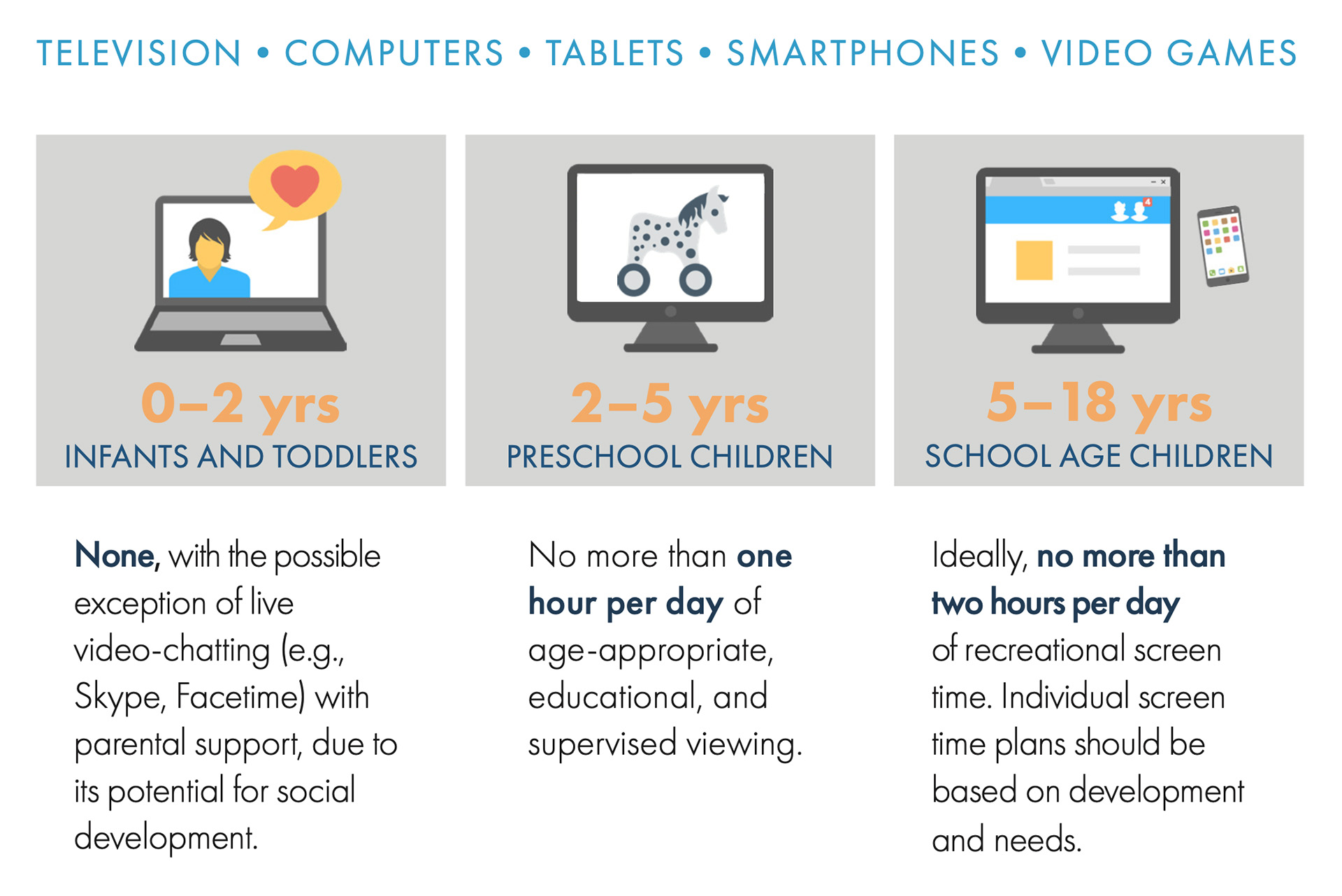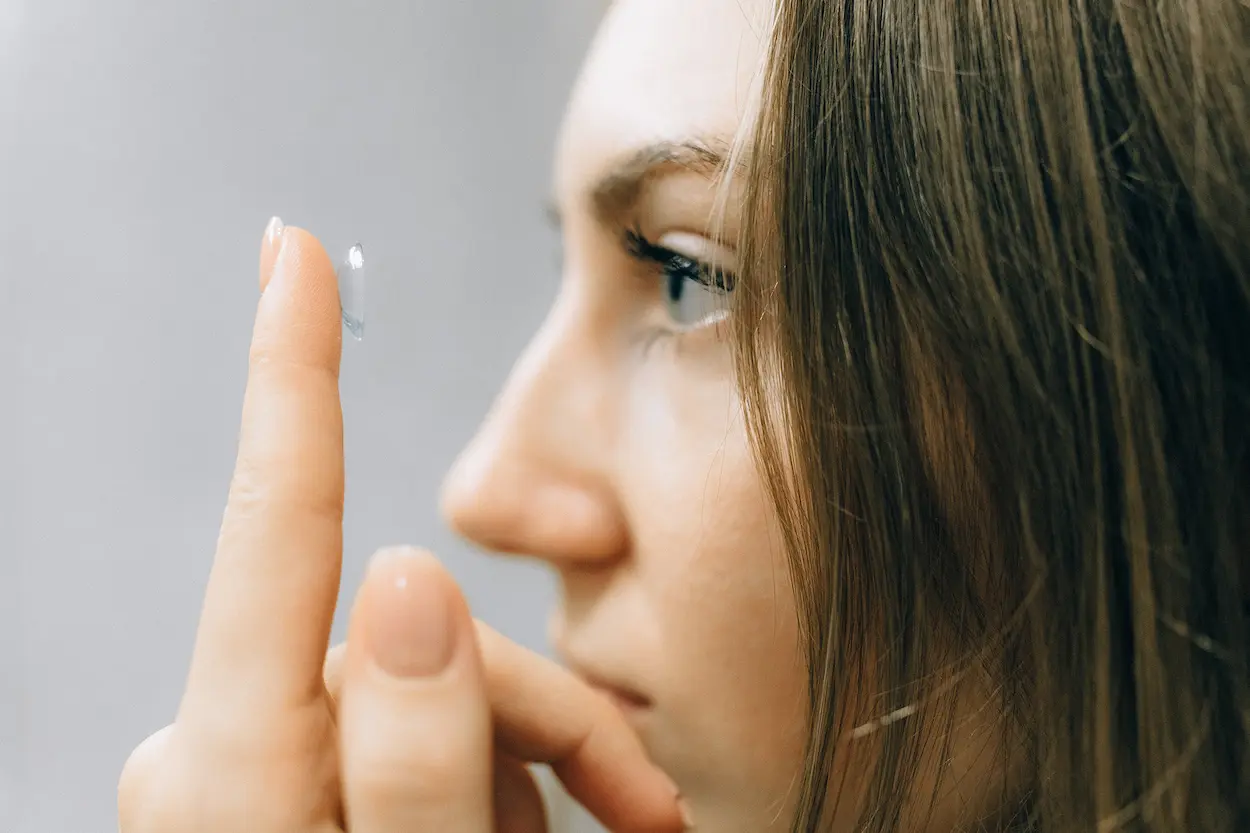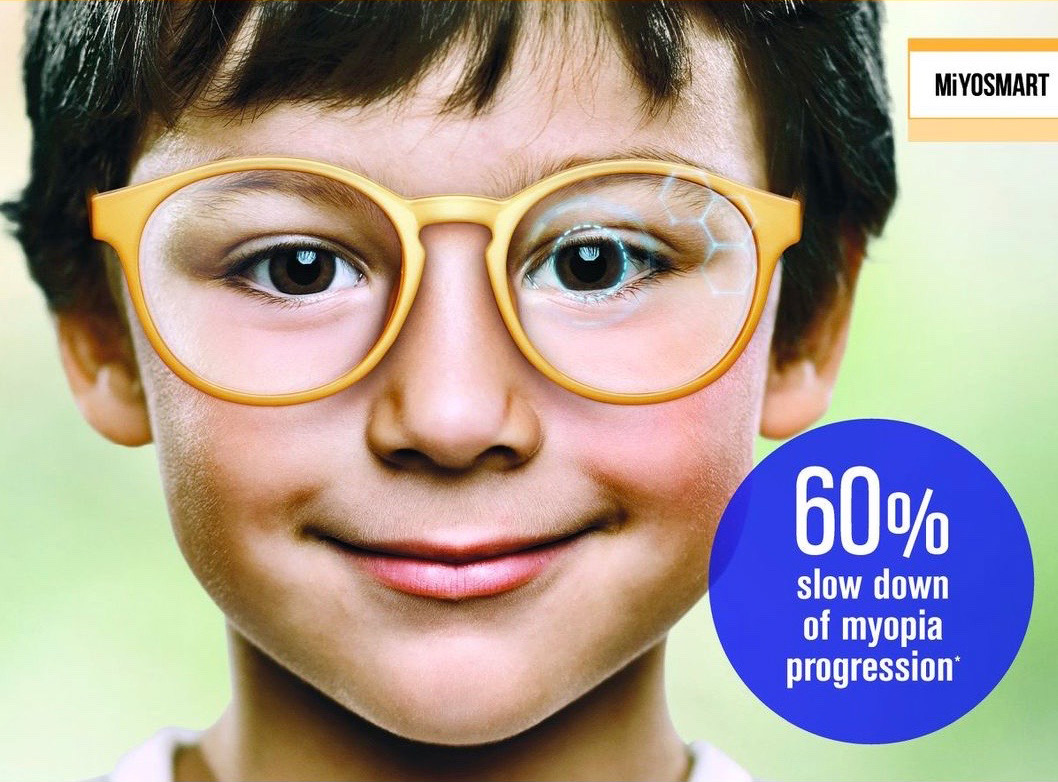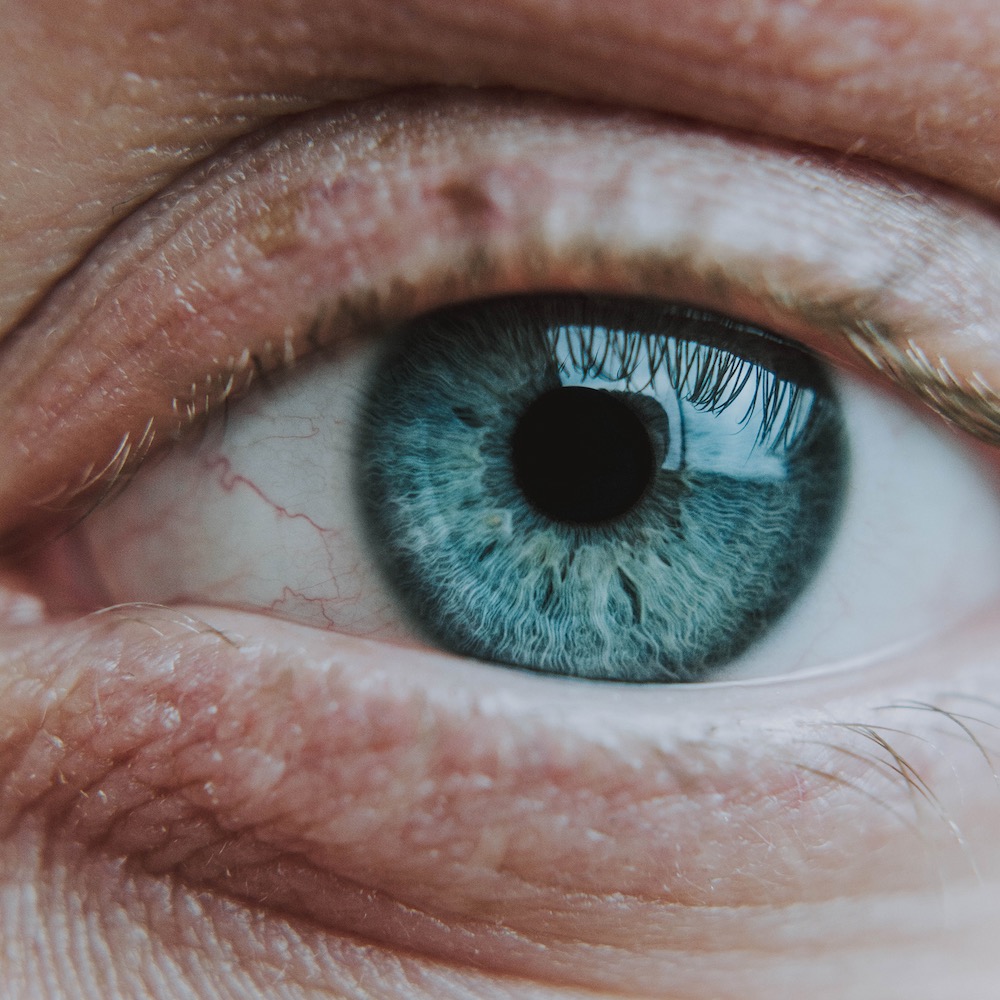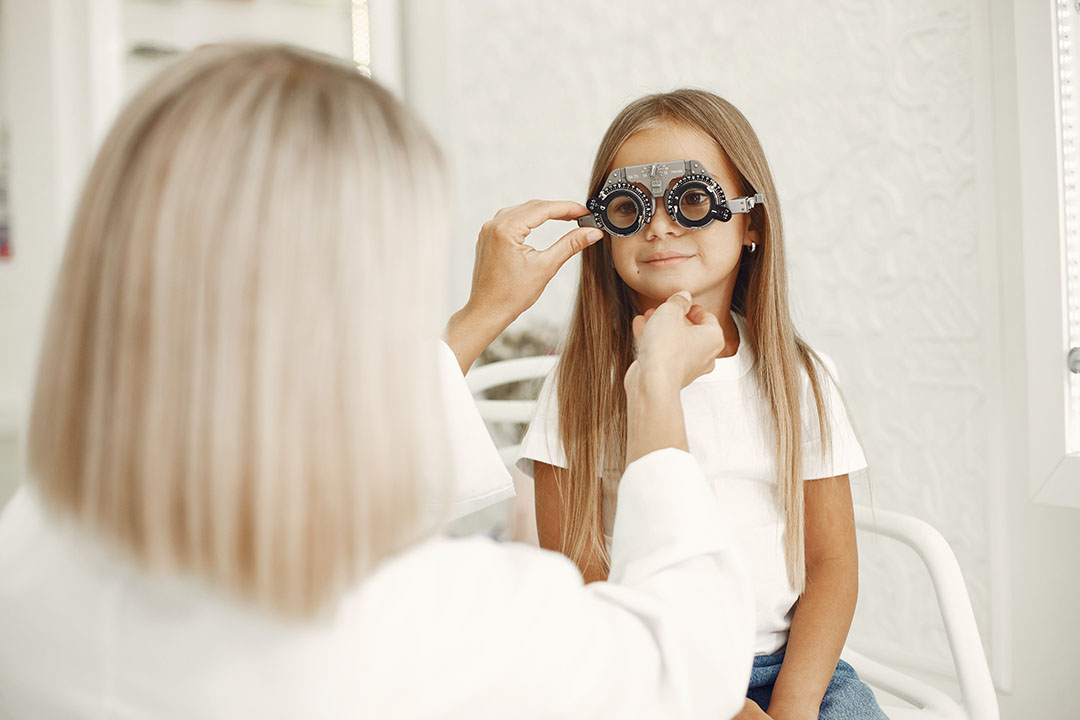Three Best Practices for Children's Eye Health
Labour day marks the end of summer vacation and the beginning of the school year. As our children return to school, parents often ask me what the best practices are for their child’s eye health. Here are 3 simple steps you can start following today!
1. Cut Back On Screen Time
Okay, maybe simple was an overstatement! It’s easy to say reduce screen time, however it’s actually very challenging to implement this in the real world, for both kids and adults. Let’s take me for an example, I spend about 2 thirds of my working hours looking at screens and then I go home and do what… more screen time. All that I am asking is that we ALL, yes parents this means you too, start cutting back on our screen time a tiny bit every day and that will bring us all a tiny bit closer to meeting the recommended guidelines.
The Canadian Association of Optometrists recommends:
Click for more info about safe screen use for kids
Help your child leverage their smart devices! They come with apps that allow you to monitor your child’s daily and weekly screen time. Together you can set usage limits, that you both agree upon. Once your child has spent their daily usage, a notification will pop up on their screen letting them know their time is up. Some parents will even turn this into a game; whoever has the lowest usage at the end of the week gets a treat of their liking. Help your children take back control of their screen time!
2. Increase Working Distance
Holding your screen way too close to your eyes forces the eye muscles to work extra hard resulting in eye strain. The rule is: rest your knuckles under your chin, and the distance between your knuckles and your elbow is the distance at which you should be holding your screens. The CAO also recommends that screens be positioned at your child’s eye level for comfortable viewing. Make sure there is no glare or reflection on the screen. Even with comfortable viewing in place, encourage your child to take a break from the screen every 30-60 minutes!
3. Spend More Time Outdoors
When your child is not looking at a screen, encourage outdoor activity. Many studies have found that children who spend fewer hours outdoors have a higher prevalence and progression of nearsightedness (myopia). Nearsightedness not only requires your child to wear glasses but it can also result in eye diseases later in life. Teach your child active games you loved as a child. My husband and I just took up cycling this summer and we only wish we had done it sooner. It’s a great way to explore a new part of town while staying active. Show your child how to be the child you once were!
Conclusion
Now I’m not asking parents to help their child make drastic changes overnight. After all, they do say it takes 3 weeks to build a habit and this will be no different. Remember, slow but steady wins the race.
Disclaimer: This blog is not intended to be used for diagnosis or treatment. Anyone experiencing an eye health condition should consult their eye care professional.


